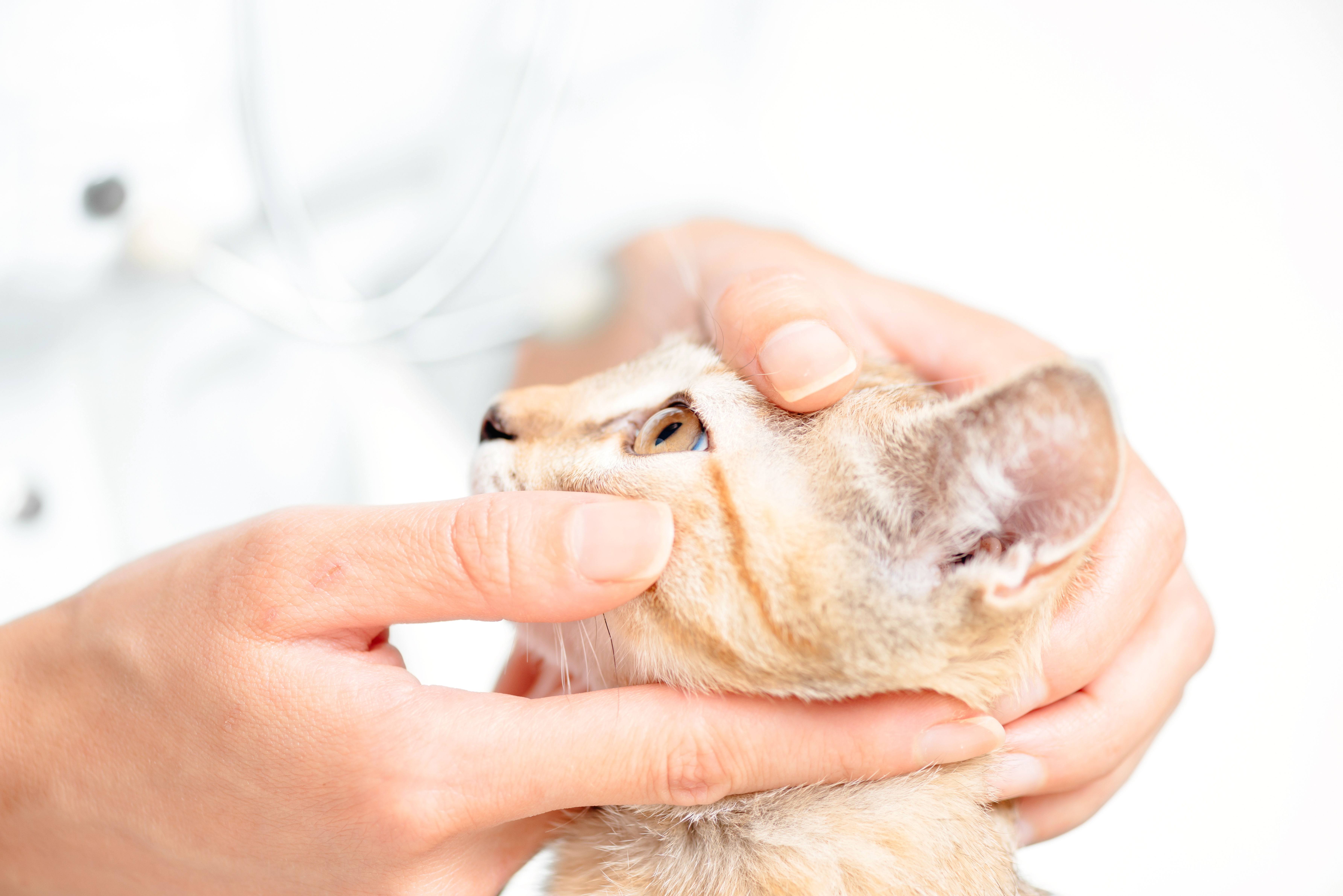Medical Infrared Thermal Imaging of Cats with Hyperthyroidism
Abstract: To determine the usefulness of medical infrared thermal imaging (MITI) as a screening tool for hyperthyroidism in cats, evaluate the need for hair clipping over the ventral aspect of the neck to achieve optimal images, and determine whether there is a change in thermal patterns at 1 and 3 months after radioactive sodium iodide I 131 treatment.
Animals: 17 cats with and 12 control cats without hyperthyroidism.
Procedures: All cats underwent MITI first with the hair present and then after the hair was clipped. Each cat with hyperthyroidism was subsequently appropriately treated SC with radioiodide; reevaluations, including MITI before and after hair clipping and measurement of serum thyroxine concentration, were performed 1 and 3 months after treatment.
Results: The MITI had 80.5% and 87.5% accuracy in differentiating hyperthyroid cats from clinically normal cats before and after the hair over the ventral aspect of the neck was clipped. Among cats with an initial serum thyroxine concentration > 4.0 μg/dL, the success rate for MITIdetected response to radioiodide treatment at the 1-month reevaluation was 92.86% in unshaved cats and 85.71% in shaved cats. The success rate for MITI-detected response to radioiodide treatment at the 3-month reevaluation was 100% in unshaved and shaved cats.
Conclusions and Clinical Relevance: Results indicated that MITI was successful in differentiating between hyperthyroid cats and clinically normal cats and identifying patients with thyroxine concentration within reference interval after radioactive sodium iodide I 131 treatment.
Reference: Robert E Waddell , Dominic J Marino, Catherine A Loughin, Joshua W Tumulty, Curtis W Dewey, Joseph Sackman (2015) Am J Vet Res Jan;76(1):53-9.
|
Interested in learning more about thermal imaging? Request a demonstration with Digatherm and discover how veterinary thermography can help you find problem areas faster and easily monitor treatment progress. |

